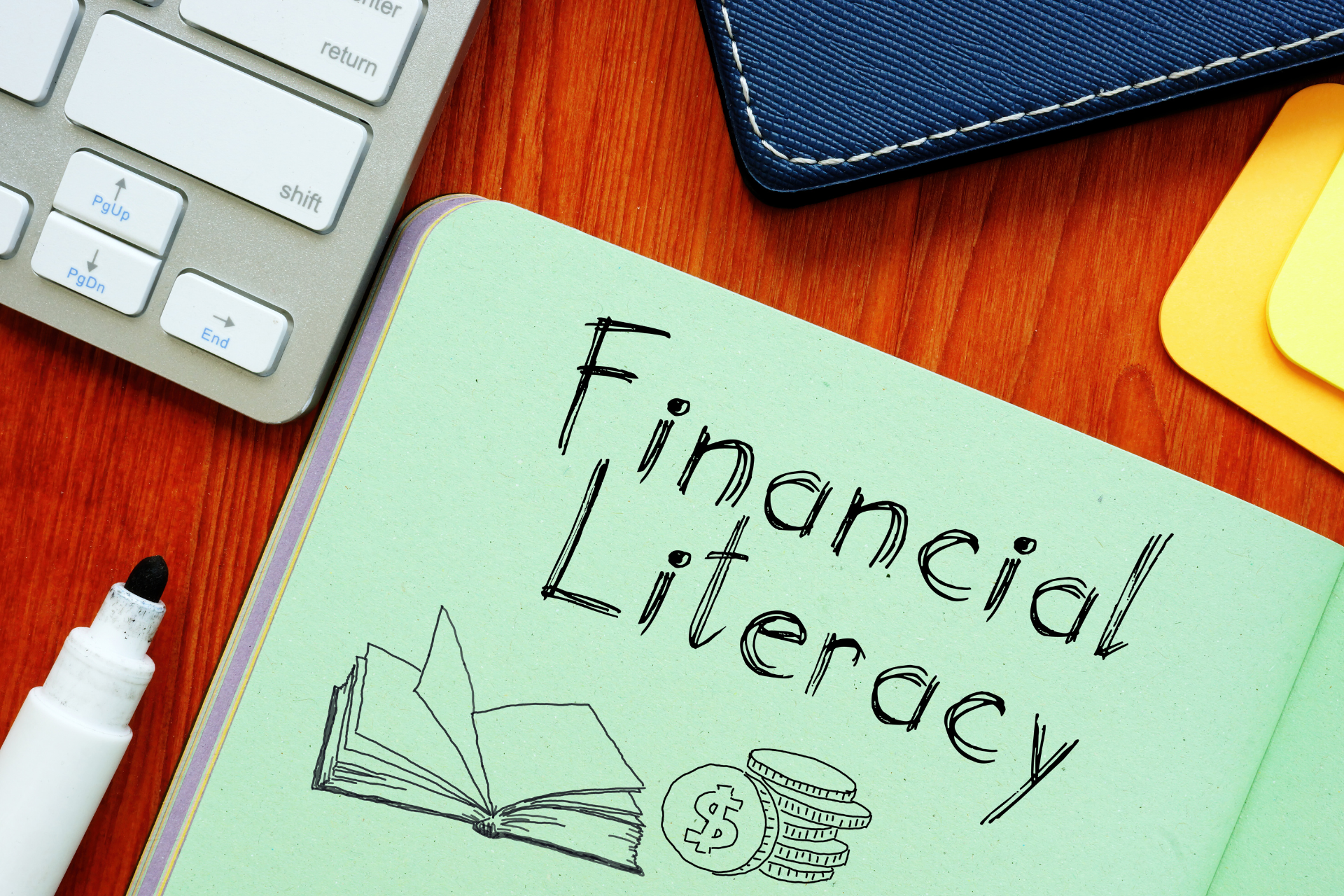What exactly is the “sequence of returns”? The phrase describes the yearly variation in an investment portfolio’s rate of return. But what kind of impact do these deviations from the average return have on a portfolio’s final value?
Let’s take a closer look at a few different investment scenarios. The first few scenarios focus on how market volatility affects a portfolio while assets are accumulating, and the last scenario focuses on how market volatility affects a portfolio from which distributions are being taken.
One study found the sequence of returns appears manageable during accumulation. An analysis from BlackRock compared three model investing scenarios: three investors start portfolios with lump sums of $1 million, and each of the three portfolios averages a 7% annual return across 25 years.
In two of these scenarios, annual returns ranged from a hypothetical -7% to +22%. In the third scenario, the return is simply 7% every year. In all three situations, each investor accumulates the same total of $5,434,372 after 25 years. This is because the average annual return is a hypothetical 7% in each of the three portfolios.1
It’s important to remember that investing involves risks, and investment decisions should be based on your own goals, time horizon, and risk tolerance. The return and principal value of investments will fluctuate as market conditions change. When sold, investments may be worth more or less than their original cost.
The BlackRock study assumes that the three hypothetical investors evaluated their financial ability to continue making purchases through periods of declining and rising prices.
When you shift from asset accumulation to asset distribution, the story can change. There is the risk that your distribution strategy could coincide with a period of declining prices, which may present a challenge.
In an extreme illustration, consider the 2007-2009 bear market. In this example, a hypothetical investor entered 2008 with a $1 million portfolio and held 60% in equities and 40% in fixed-income investments. The investor was preparing to retire in 12 months, on December 31, 2008.
During 2008, the bond market, as measured by the S&P U.S. Aggregate Bond Index rose 5.7%, but the stock market, as measured by the S&P 500 Index, lost 37.0%. The $1 million portfolio ended the year with a balance of $800,800.2,3
If the hypothetical investor started taking distributions in January 2009, they would be starting from a smaller portfolio balance and they may not have the opportunity to rebuild the principal that was lost in the prior 12 months.
If you are preparing to retire, having an understanding of the sequence of returns may help you ask important questions about your overall investment strategy.
Original ID: 5875646





